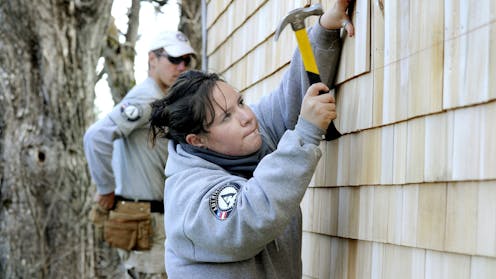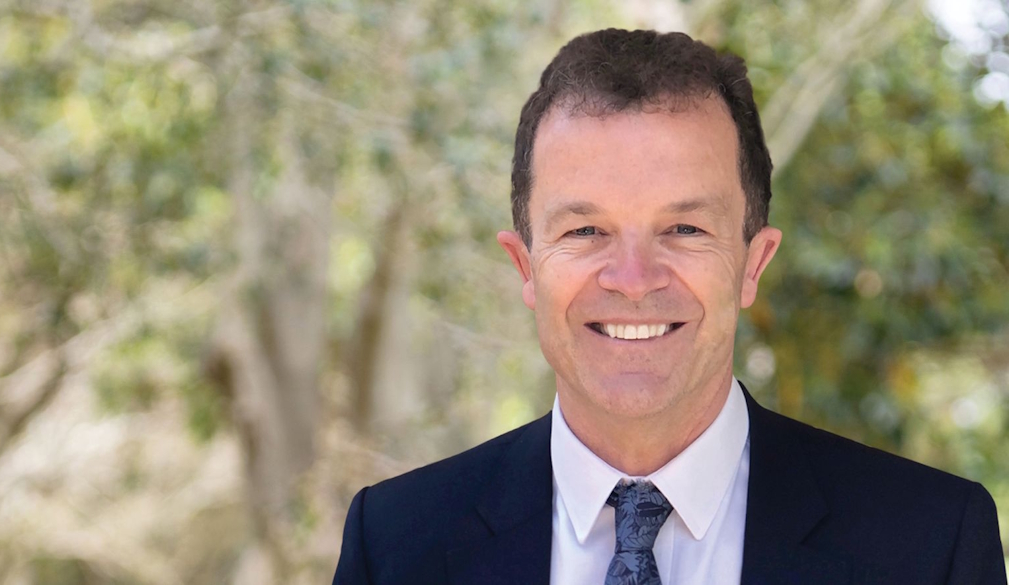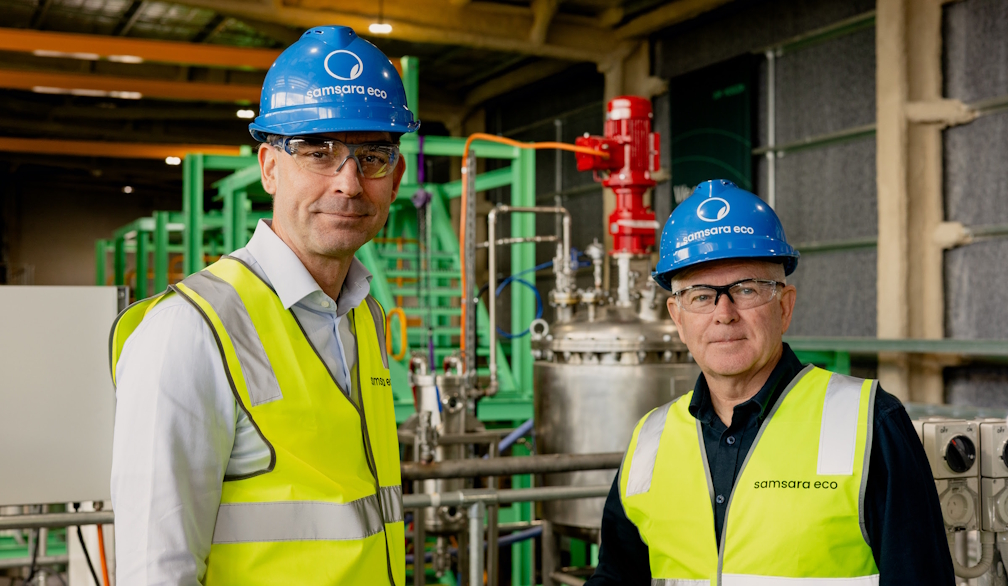AmeriCorps is on the chopping block – despite research showing that the national service agency is making a difference in local communities
- Written by Pamela Paxton, Professor of Sociology, The University of Texas at Austin

Hundreds of thousands of U.S. nonprofits provide vital services, such as running food banks and youth programs, supporting public health initiatives and helping unemployed people find new jobs. Although this work helps sustain local communities, obtaining the money and staff they require is a constant struggle for many of these groups[1].
That’s where AmeriCorps often comes in[2]. The independent federal agency for national service and volunteerism has facilitated the work of approximately 200,000 people[3] a year, placing them through partnerships with thousands of nonprofits that provide tutoring, disaster relief and many other important services.
But Americorps’ fate is now uncertain. In April 2025, the Trump administration canceled more than 1,000 grants[4], suddenly ending the stipends that were supporting more than 32,000 AmeriCorps volunteers. On June 5, a judge ordered[5] that these grants be restored in Washington D.C. and 24 states[6] in response to a lawsuit they had filed. The judge also ordered that all volunteers who had been deployed in those places be reinstated “if they are willing and able to return.”
The Trump administration has also put most of AmeriCorps administrative staff on leave[7] and indicated that it wants to eliminate the independent agency[8], along with its US$1.2 billion annual budget[9]. AmeriCorps doesn’t appear in a detailed 2026 budget request the administration released[10] on May 30.
I’m a sociology and public affairs professor who has studied nonprofits and volunteering for decades[11]. My research suggests that dismantling AmeriCorps would harm the organizations that rely on national service members and take a toll on the communities that benefit from their work.
AmeriCorps explains what the independent national service agency does.What AmeriCorps does
AmeriCorps traces its roots to the mid-1960s, when Volunteers in Service to America, known as VISTA, was founded as a domestic counterpart to the Peace Corps. Several earlier service programs were consolidated when Congress passed the National and Community Service Trust Act[12] in 1993. AmeriCorps was officially launched in 1994 – and VISTA became one of its programs.
Since then, AmeriCorps members have built housing and infrastructure, delivered disaster relief, tutored in low-income schools, provided health care and helped older adults age with dignity in both urban and rural communities across the nation.
AmeriCorps includes a variety of programs, each designed to address specific public needs. Some AmeriCorps volunteers provide direct services, such as tutoring, food delivery and in disaster response efforts. Others focus on building the long-term capacity of local nonprofits through volunteer recruitment, fundraising strategy and community outreach[13].
AmeriCorps volunteers, whom the agency calls “members,” are placed in thousands of nonprofits, schools and local agencies. Many of them are recent college graduates or early-career professionals. Some programs specifically ask people over 55 to serve. Those “senior” volunteers support[14] children through the Foster Grandparents program, volunteer for organizations or assist other older people through the Senior Companions program.
Many AmeriCorps volunteers are paid a modest allowance for this work[15] that runs about $500 per week. AmeriCorps senior volunteers receive smaller sums in hourly stipends to offset the costs of volunteering.
Fox40 News in Sacramento, Calif., covers the Trump administration’s reduction of AmeriCorps’ ranks in April 2025.Helping nonprofits gain traction
AmeriCorps has long funded research that assesses its impact[16].
One such study found that every dollar invested in national service generates $11.80 in benefits for society[17], such as higher earnings, better mental and physical health, and economic growth. Additionally, every federal dollar spent on national service produces $17.30 in savings across other government programs through reductions in public assistance, health and criminal justice spending.
As part of AmeriCorps’ research grants program, I have received funding to study[18] civic engagement and AmeriCorps programming.
In one of those studies, which I conducted with two former colleagues at the University of Texas at Austin[19] in 2021, we found that VISTA volunteers were able to help nonprofits gain volunteers. After two years, an organization with that support had 71% more volunteers than those that didn’t participate in the VISTA program.
We also found that the longer a nonprofit had a staffer supported by the VISTA program, the more its overall pool of volunteers increased.
Nonprofits with VISTA volunteers also had three times as many donations two years later, compared with nonprofits without VISTA service members. But the total value of donations the nonprofit obtained didn’t always rise. That is, we found that VISTA builds people power, but not necessarily fundraising revenue.
Findings like these indicate that AmeriCorps hasn’t just helped the people it serves or the people who volunteer through the program. It also strengthens nonprofits and increases engagement within local communities, reinforcing the civic fabric that knits communities together.
As members of Congress and the White House decide whether to preserve AmeriCorps, I hope they consider the evidence that demonstrates this worthwhile program’s positive impact.
References
- ^ is a constant struggle for many of these groups (www.geofunders.org)
- ^ AmeriCorps often comes in (www.americorps.gov)
- ^ work of approximately 200,000 people (www.americorps.gov)
- ^ canceled more than 1,000 grants (www.nytimes.com)
- ^ a judge ordered (storage.courtlistener.com)
- ^ restored in Washington D.C. and 24 states (www.washingtonpost.com)
- ^ put most of AmeriCorps administrative staff on leave (apnews.com)
- ^ eliminate the independent agency (www.appropriations.senate.gov)
- ^ US$1.2 billion annual budget (usafacts.org)
- ^ detailed 2026 budget request the administration released (www.whitehouse.gov)
- ^ studied nonprofits and volunteering for decades (scholar.google.com)
- ^ National and Community Service Trust Act (www.clintonlibrary.gov)
- ^ recruitment, fundraising strategy and community outreach (www.americorps.gov)
- ^ Those “senior” volunteers support (www.americorps.gov)
- ^ modest allowance for this work (www.americorps.gov)
- ^ long funded research that assesses its impact (www.americorps.gov)
- ^ generates $11.80 in benefits for society (voicesforservice.org)
- ^ funding to study (www.americorps.gov)
- ^ two former colleagues at the University of Texas at Austin (doi.org)







